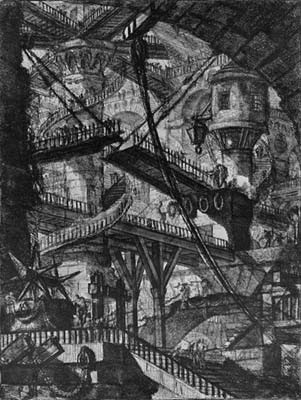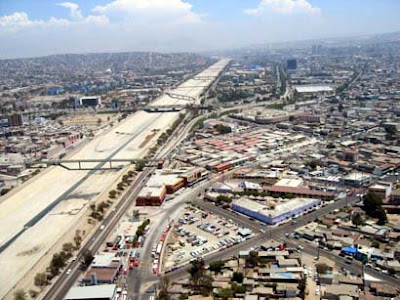
It’s done!
The Washington University summer graduate studio is over. On July 18 pencils set down and drawings were pinned up, a jury of TJ and SD experts incorporated the firing squad (jury or reviewers) as is custom in architecture schools. The jury is there to reaffirm students, that no matter how much they work or deserve it, they are never right. Was the course a success? I believe so. The studio was an experiment on immersion; introduce a group of young knowledgeable people to urban conditions identified as developing and/or 3rd world. TJ/SD is perfect for such experiment because the disparity between both cities and countries is clear and evident. Yet, I also realized that Urban Planning as we know it is dead, because it does not have the instruments as a discipline to deal with a new definition of post-modern human development. As my good friend Michael Dear explains, the discipline does not have a clear vocabulary able to conceptualize the phenomenon and in the meantime it babbles names such as post-suburban, post-urban, heteropolis and sprawl. In this search for concepts and definitions we must also understand that spatial tendencies of this current urban phenomenon have shaped new organizations and structures of habitation. Current methods of study include top down research techniques (land use planning, master planning, data mapping) that do not examine 3 dimensional performance of intricate and bottom –up programs and events that correlate to operate in a way that might be defined as chaotic. Yet, when this chaos is observed, it produces distinct logics of operation (spatial) not being dealt with or understood by traditional planning strategies. If specialization was a failure it has been more evident in the urban design fields where landscape architecture, civil engineering and architecture design have their own departments and are taught separate from urban design. As I realized in this studio, these “other” fields are extremely important for the conceptualization of new and current definitions of urban space. James Corner wrote in the Landscape Urbanism Reader; “In conceptualizing a more organic, fluid urbanism, ecology itself becomes an extremely useful lens through which to analyze and project alternative urban futures.” We also encountered a type of self built urbanism during our research and trips to Tj. A characteristic that is typical around this city and in many developing world urban conditions. Who better than citizens to know what their needs are and due to centralized control, opt to take matters into their own hands. If the practice of urbanism does not contemplate citizen participation and solely relies on a bureaucratic process to be active, its role in shaping space and engaging the political is diminished.
The particularities of Tijuana (a 20th century city) allow for the search of new conceptualizations and as Dear explains reconstructing its meaning through a different ontological view. Some have already began to define and contemplate such an ontology of the city after modernism, Anthony Vidler writes of the creation of a third typology, “The distinguishing characteristic of the new ontology beyond the specifically formal aspect is that city, as opposed to the single column, the hut-house, or the useful machine, is and always has been political in its essence. The fragmentation and re-composition of its spatial and institutional forms thereby can never be separated from the political implications.”
Below are pictures of the final review during the presentations. The projects will be refined for an upcoming exhibit and conference in Tijuana this September, date to be posted later.

The Jury: (from L to R): John Hoal Wash Univ, Todd Reinhart Woodbury Univ, Jeraldine Forbes University of New Mexico, Catherine Herbst Woodbury, Tito Alegria COLEF, and Oscar Romo TJ Estuary. Others included; Jose Parral Woodbury Univ, Hector Perez Woodbury Univ, Stan Bertheaud Woodbury Univ, and Bruce Lindsey Washigton Univ

Playas de Tijuana

The Playas de Tijuana team presenting and trying to make their case for the re-configuration of the US/Mex Border through a proposed bi-nationa estuary

Los Laureles

Los Laureles team explaining their use of feniculars to improve circulation from the canyon and insertion of prototype nodes along the canal that incorporate community spaces, water treatment facilites and schools


Detail of their master plan along the canyon


Fenicular Station, Sports field and Water Reclamation Infraestructure
Zona Rio Tijuana
 The Zona Rio team working to bring recreational programs and water treatment inside the Tijuana River Canal.
The Zona Rio team working to bring recreational programs and water treatment inside the Tijuana River Canal.

The Framework Plan along the 1st phase of the Rio Tijuana
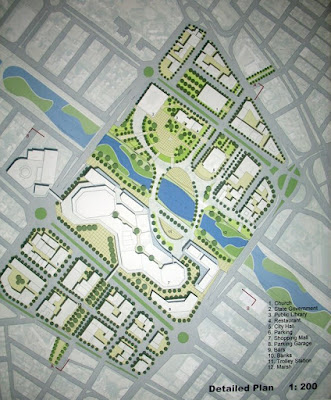 Master plan of an intent to connect plaza rio with city hall through the Tijuana River.
Master plan of an intent to connect plaza rio with city hall through the Tijuana River.
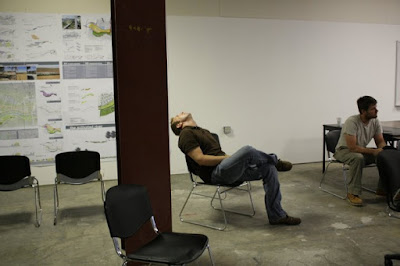 8 weeks – 6 days a week – two cities – two countries – two languages – 5 projects
8 weeks – 6 days a week – two cities – two countries – two languages – 5 projects
Rio Alamar

The Rio Alamar team dealt with a proposed road cutting through the Alamar and opted to divide the zone in two. Near the most urbanized area (Murua) they hyper-program the site and leave the other half to agriculture and recreation, because in TJ there is no such thing as just “green” space.


The Murua section of the alamar

The agricultural and recreational fields to the east
Housing along Corredor 2000
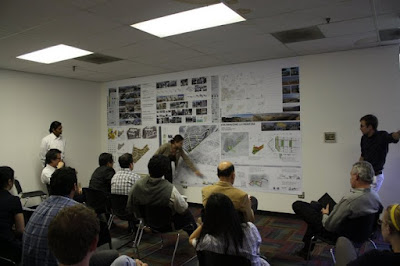
The housing team presents their alternative low income housing models. Using the same criteria of current developers such as Urbi, Geo and other misfits of housing, they incorporate mix income residential, public amenities and canyon rehabilitation.




All these projects will be presented to the city of Tijuana at the CANACO. I want to thank all who participated and we are already working on the next studio for next year. All photographs during the review were taken by Wash Univ student Andrew Malick


















